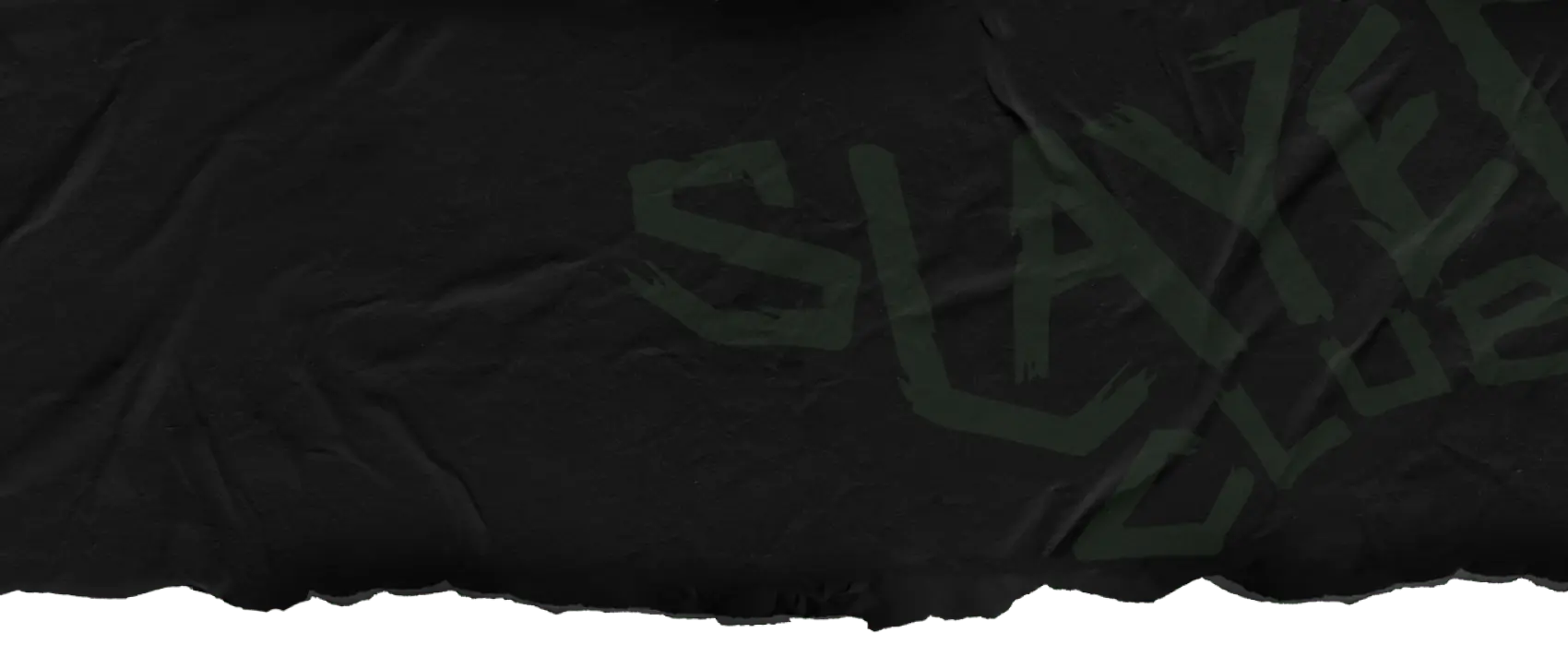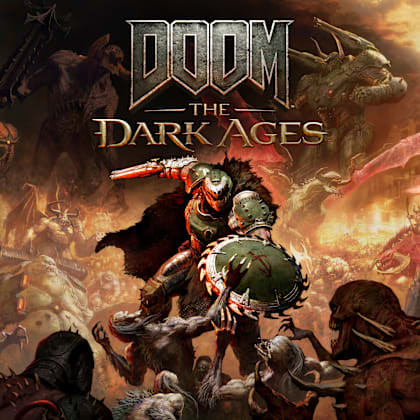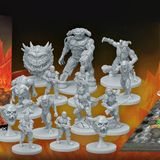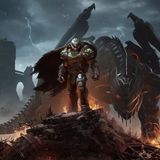New Add-on Available: The Troopers’ Playground for DOOM (1993) & DOOM II
By: Joshua Boyle
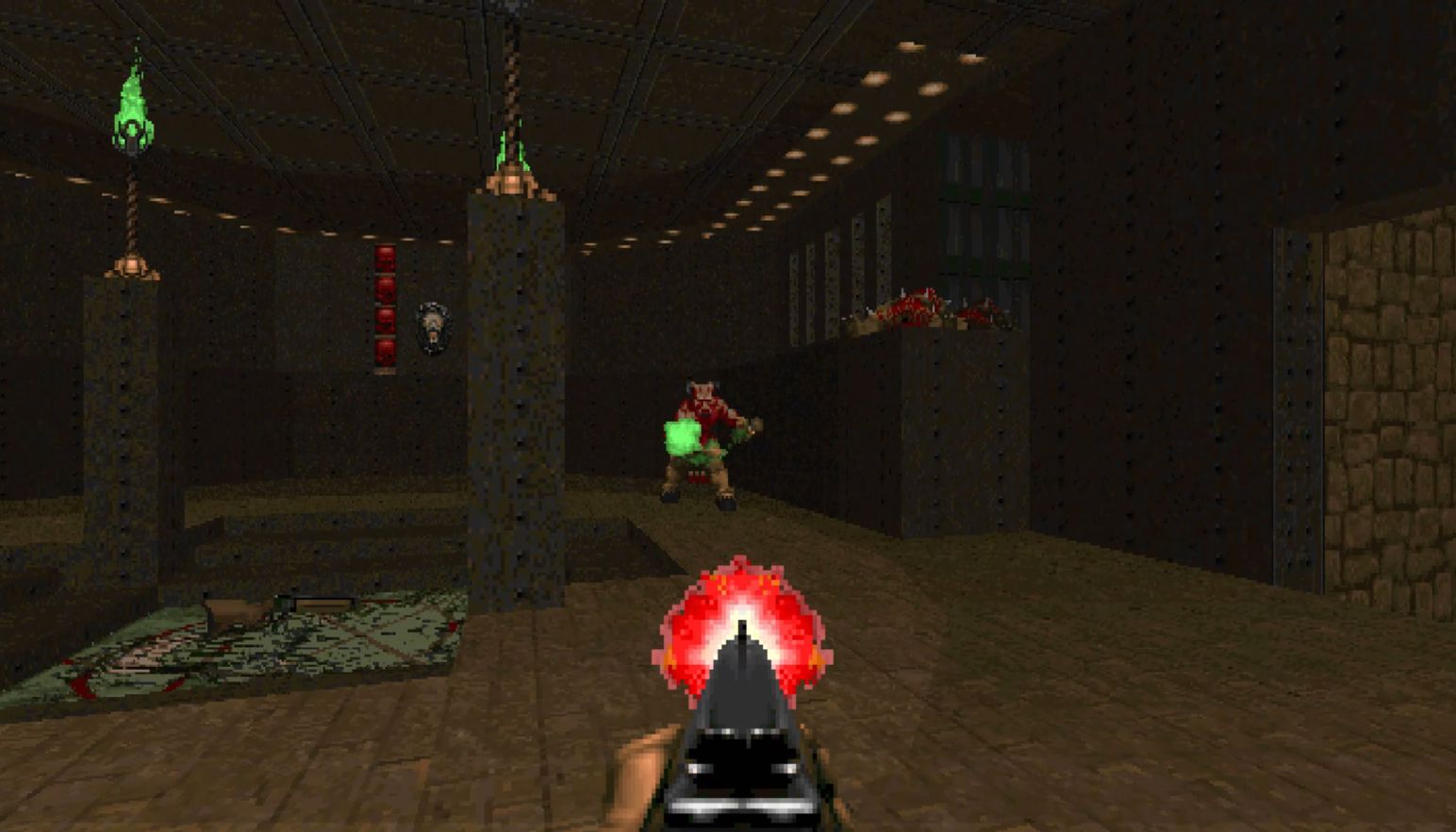
A blast from the past returns to join our roster of Add-ons! The Troopers’ Playground was originally released in 1996 - just a year after DOOM II was released! - and made waves in the DOOM community. It was even featured in the Top 100 WADS of All Time from long-running community site doomworld.com.
THE TROOPERS’ PLAYGROUND
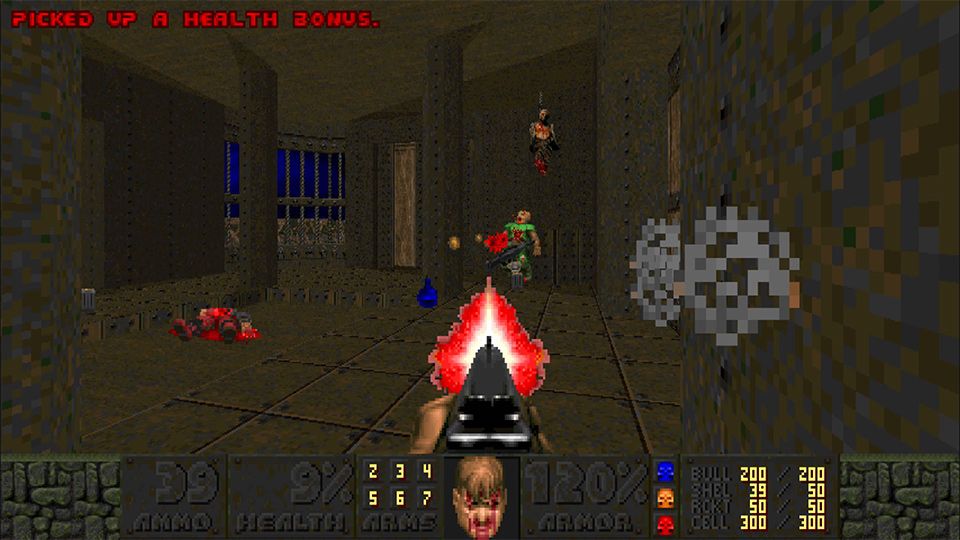
Today, you can play this exciting free Add-on from the in-game menu for DOOM (1993) and DOOM II, available now on PC, Xbox One, PlayStation 4 and Nintendo Switch, with backwards compatibility on Xbox Series X|S and PlayStation 5.
But don’t go anywhere too fast: We’re also excited to bring you another Nods to Mods interview from our esteemed guest Matthias Worch, last featured for the Quake Add-on, Beyond Belief.
---
SLAYERS CLUB: To start, we gotta ask…how were you able to pull off such a feat? You replaced textures and added a whole new boss in your creation, just a year after the original release of DOOM II!
MATTIAS WORCH: At this point in my computer “career,” I had already gained a bunch of experience with updating and creating new graphics for mods by making rather big and sophisticated RPG modules for Unlimited Adventures, a commercial D&D game creation kit based on SSI’s “Gold Box” games. I used Deluxe Paint II to recolor, adjust and create those graphics. That experience helped me hit the ground running with The Troopers Playground.
Getting the GFX into a WAD was another story, of course. I used NWT (New WAD Tool) by The Innocent Crew, which Denis Möller had written for their own mods (including Obituary, an excellent partial conversion). This was a DOS tool without the sort of graphical user experience that we are used to today. There were no instructions - I remember taking a moment to understand the patches and PNAMES approach that DOOM takes to its textures - but the tool itself was sophisticated and rather user-friendly. At least, that’s how I remember it; I didn’t actually have to resurrect NWT for the re-release and I have no idea how much my memory is playing tricks on me.
The actual DOOM Trooper logic was done in DehackEd. (Another DOS interface, another case of missing documentation.) But we were all determined to make things work back then, so we figured it out through trial-and-error. Sometimes, through, too much trial & error - in the original release, the DOOM Trooper could pick up items in the level and I hadn’t realized that these pickups could include actual key cards, which made the level impossible to complete. I had to update immediately on All The FTP Servers as soon as I found out!
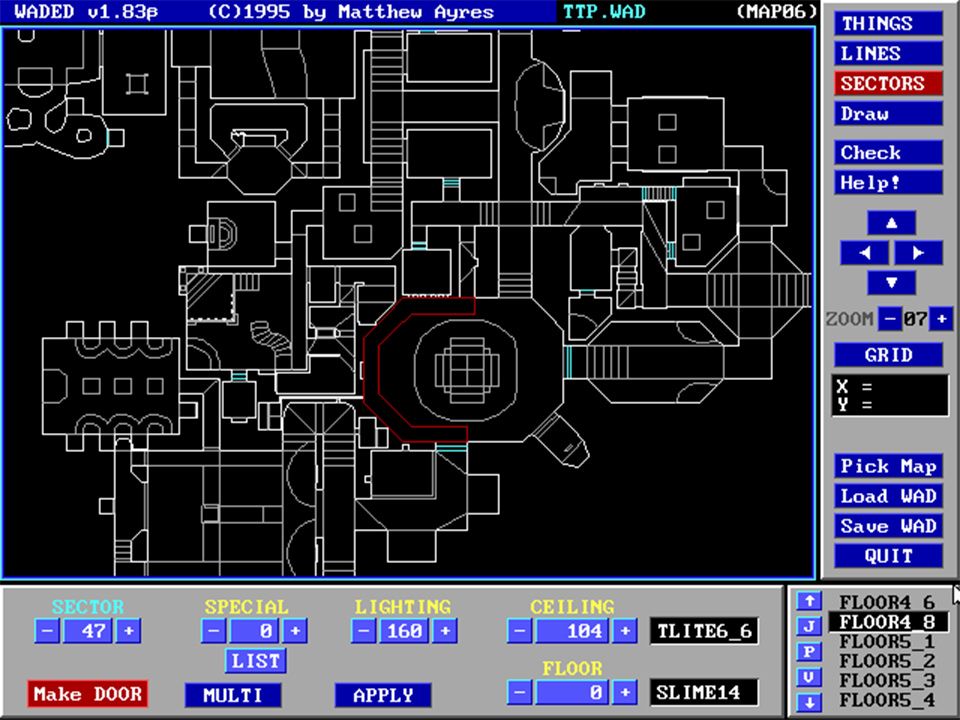
SC: How did it feel in 2003 to be ranked so high on doomworld’s Top 100 list, seven years after your creation?
MW: It was nice to see The Troopers’ Playground included in any “Best Of” list because of the incredible company (I can’t possibly call it “competition”) it was placed in.
But honestly, I hadn’t paid too much attention to these lists because The Troopers’ Playground already felt like finished business when I released it. It found an audience, it helped me forge friendships and it got me invited to contribute to a couple of additional mega WADs: Memento Mori 2 and Requiem. Collaborating with those level designers was all the validation I needed back then. And in 2003, I was firmly established as a designer in the gaming industry, so seeing The Troopers’ Playground on a list like this served as a great reminder of how far I’d come and how I had gotten there.
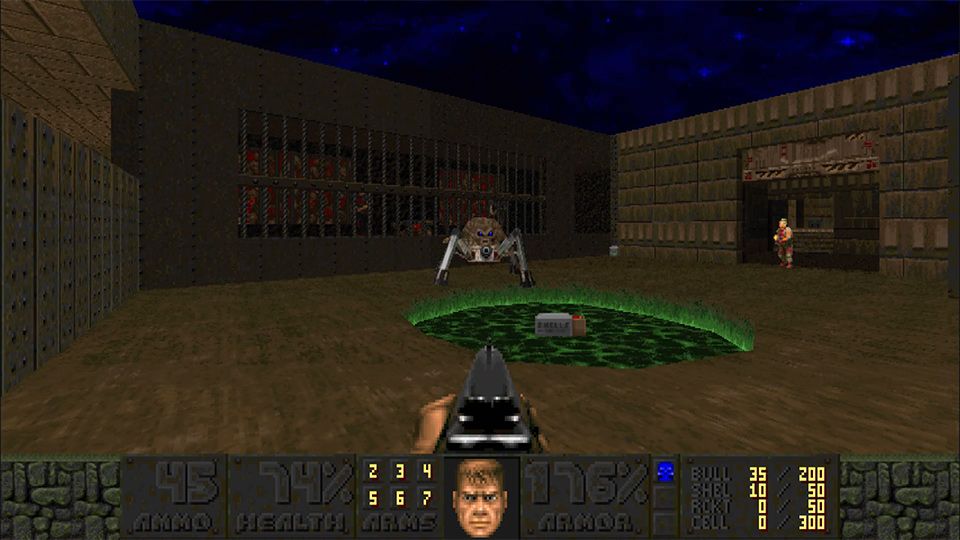
SC: What was your main inspiration for The Troopers’ Playground?
MW: I got into DOOM modding pretty late owing to the fact that I “only” got Internet access (and thus access to DOOM editors) in 1995. A ton of great DOOM levels had already been released at that point and I played them religiously (when not playing Deathmatch, of course). Memento Mori, Obituary/Slaughter Until Death/The Evil Unleashed (all by the Innocent Crew), a bunch of maps by the Casali Brothers…all of those maps showed me what was possible in DOOM modding and inspired me to try to do just as well.
I didn’t have a coherent vision for The Troopers’ Playground beyond that and I think it shows. I just kept making levels, trying out new ideas and getting better at mapping. My first level was actually a Heretic map because I liked the textures, but I aborted that effort quickly and switched to DOOM II because I liked the gameplay and that’s where we played Deathmatch. The very first DOOM map I finished didn’t make it into the release, but I included it as a bonus map. After that, The Troopers’ Playground consists of the first nine DOOM levels that I’d ever made.
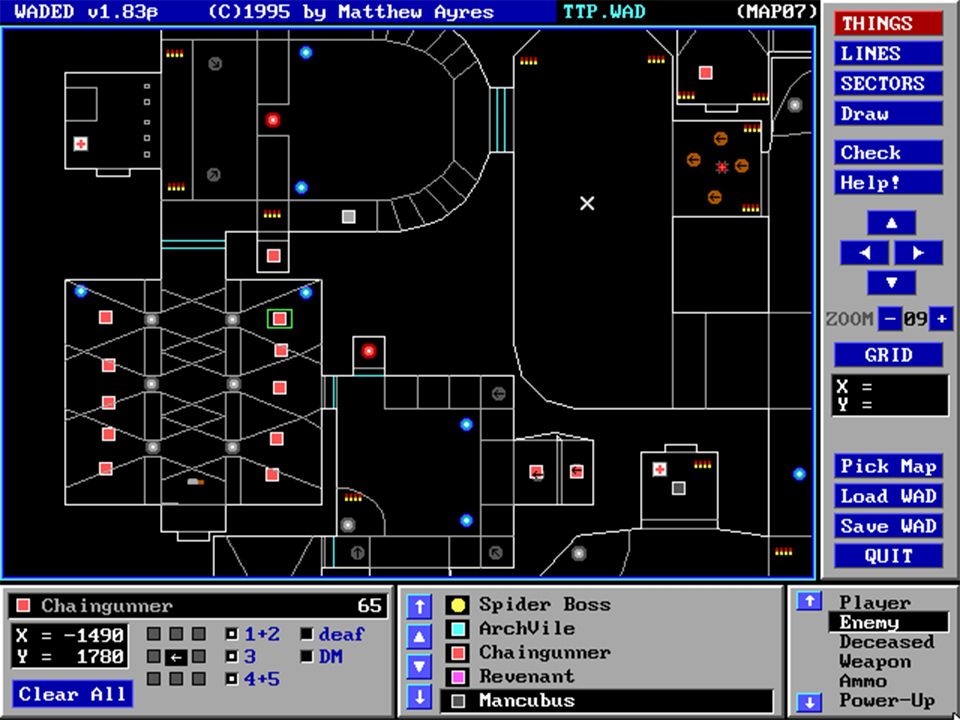
SC: The Troopers’ Playground was made before you dove into true 3D level creation with Quake and Beyond Belief. Did your approach to level design change between games/engines?
MW: Before DOOM, I’d made some pretty sophisticated 3D worlds in the 3D Construction Kit, a commercial release of the engine that Eclipse had used to create seminal 3D games like Castle Master. In some ways, making DOOM levels in 2.5D was actually a step back – except that DOOM was a much faster and action-packed game than anything you could ever make in the 3DCK (with much more sophisticated 3D spaces, too). So I think the 2D approach actually helped with being able to make these levels, since level editors in 1995 only had a top-down wireframe view of the level. There was no 3D viewport, just that 2D view from which you had to imagine everything else: the 3D space, what the textures and lighting would look like and how it would play.
But the main difference in level design was really the gameplay: where Quake was typically limited to three to five enemies at a time, DOOM could throw dozens at the player and a lot of the encounters made use of that kind of combat. Planning that out in 2D worked very well; it struck the right balance between world complexity and manageability.
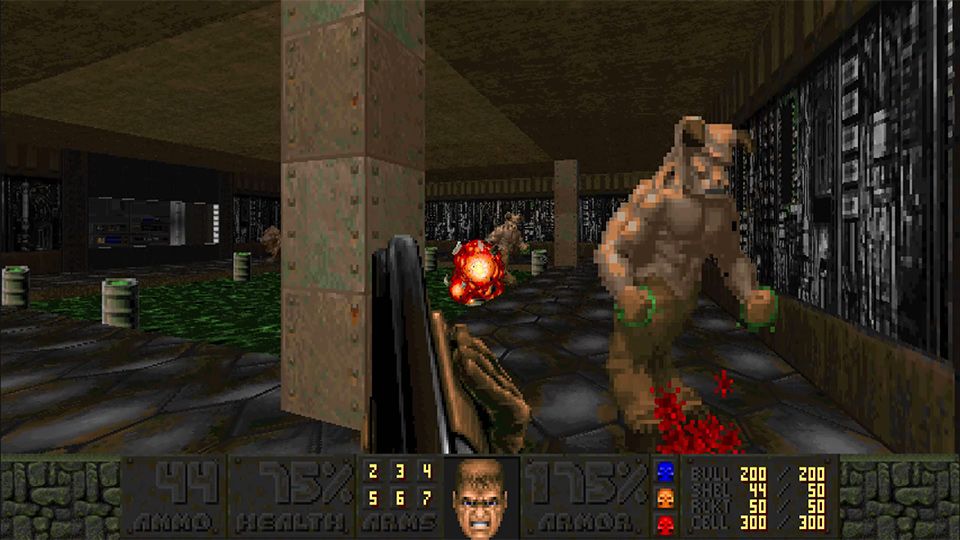
SC: You're the first modder we’ve interviewed to release an Add-on for both DOOM(1993) & DOOM II and Quake. How do you feel about getting to see an era of your life from 1996-1997 return in the form of official Add-ons?
MW: For one, it is a great reminder of how long I’ve been doing this and how long I’ve been in the industry! It’s also a good reminder that many of today’s gamers didn’t grow up with DOOM and didn’t experience the evolution of 3D shooters first-hand. That’s where I’m extra thankful for the effort id and Bethesda are putting into keep DOOM and Quake history alive.
The kid who made those levels back then could never have imagined that he’d still be talking about them over 25 years later, that they would be included in an official DOOM release or that he’d be able to use these modern releases to have his own kids play “that old stuff.”
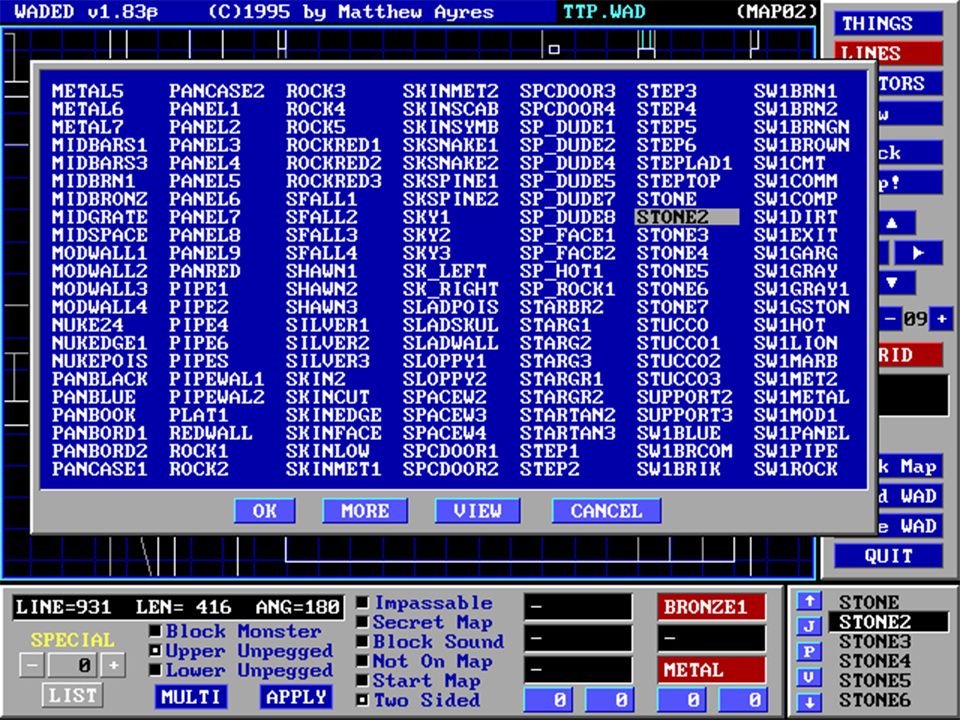
SC: Do you have any advice for modders looking to work with both DOOM and Quake?
MW: Over the years I’ve spoken extensively about all the things that DOOM can teach us about combat, level and game design, and I think all of those lessons still apply to modern game design. If you’re making maps for DOOM today, I suggest checking out my GDC talk, “Decisions That Matter: Meaningful Choice in Level and Game Design” and internalizing concepts like Orthogonal Unit Differentiation that I present in that talk.
To quote from one of the slides, “Here's something that you figure out after playing DOOM for a long time: the enemies and weapons in this game are finely tuned to interact across multiple axes. What at first looks like a visceral, barely controllable (and simplistic) fight for survival is actually a complex interplay of many gameplay elements that allow for ever-new tactics and strategies.”
I’ve been thinking a lot about that topic and tried to explain it to the industry as much as I could. Maybe it’s useful to today’s DOOM modders as well!
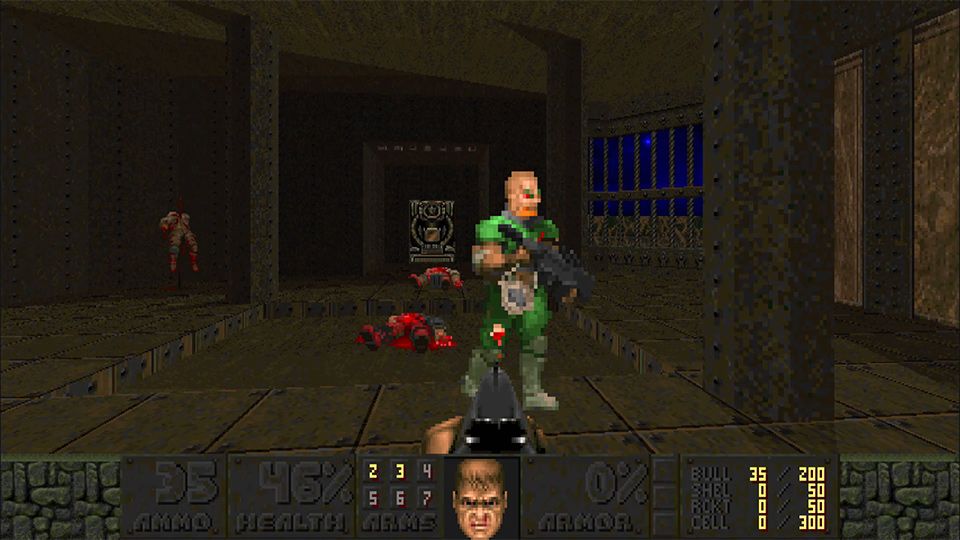
SC: Do you have any favorite modders in the Quake community? Any noteworthy maps or mods you’d recommend?
MW: I’ve mentioned them several times and I’ll mention them again, The Innocent Crew of Denis and Thomas Möller were a huge inspiration back then and I got to hang with them on IRC and in real life often. Denis even visited me at Ritual Entertainment in Dallas for a couple of weeks for an internship.
Eternal Doom (not to be confused with DOOM Eternal!) impressed me a lot when I played it back in the days, as did a ton of the maps in MM2 and Requiem.
SC: Wanna give any other shoutouts? No time like the present…
MW: I think I did this on the last interview and I’ll do it again: Everybody who is keeping DOOM alive after all of these years deserves an giant round of applause. Matthew Ayres for WadEd, my first level editor, (most of The Troopers’ Playground was made in it!) Everybody at id and Bethesda who helped with this release, particularly Mike Rubits and Kevin Cloud. Epic Games for letting me do it!
I’d also like to greet the old FIDONet DOOM.GER crew and especially the entire player base who participated in our DOOMKING remote modem league. Sometimes we also played in person! Those LAN parties were some of the coolest and most memorable experiences you could imagine.
We’re sorry but you may not access this content. Please review our Privacy Policy
